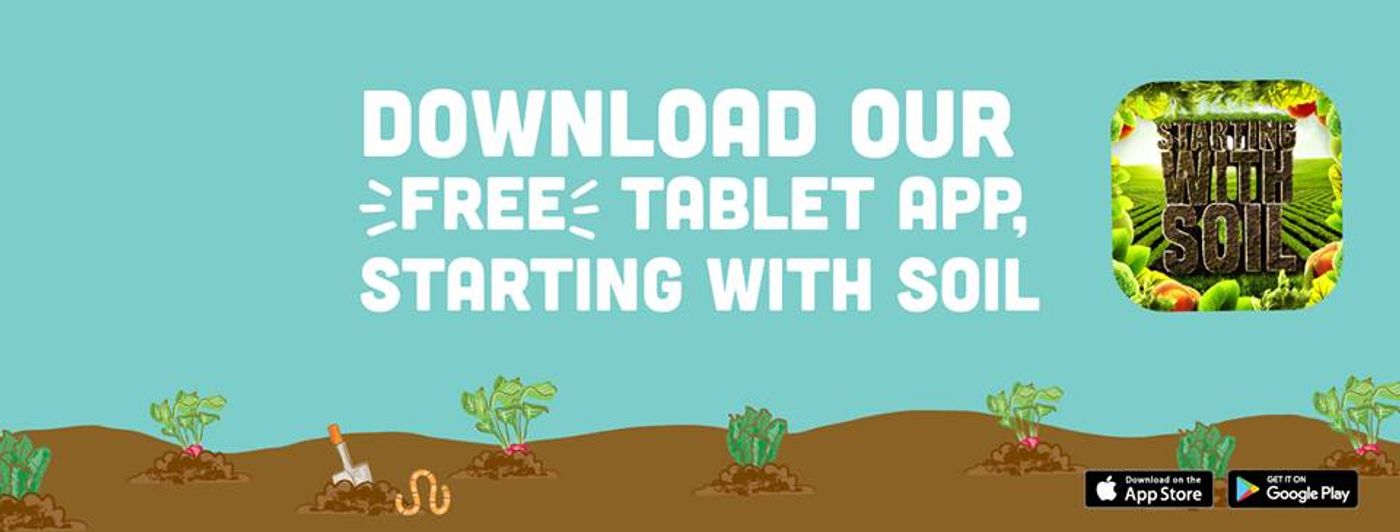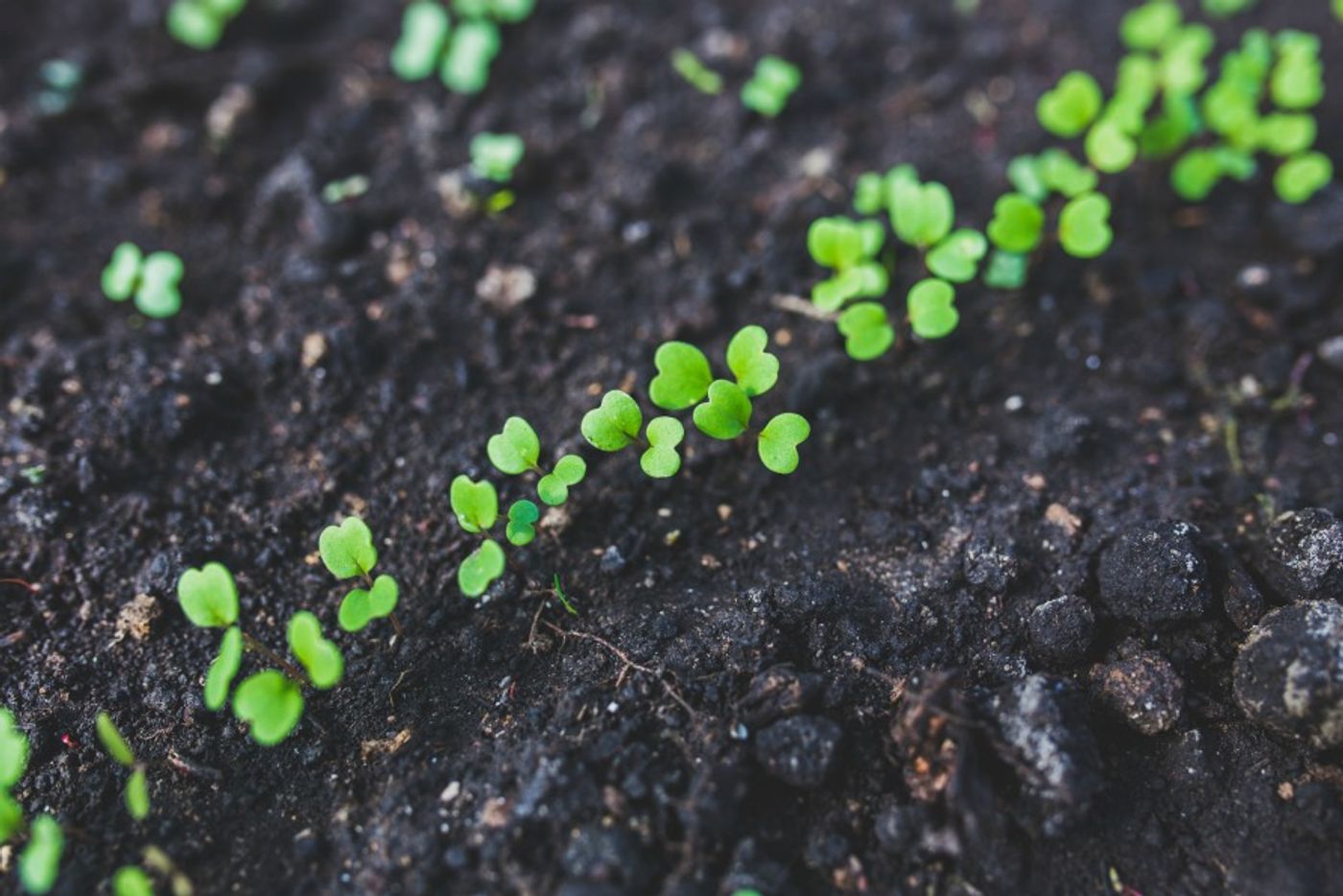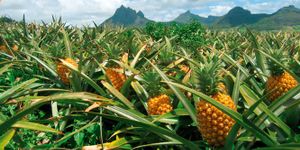"Starting With Soil" App Teaches Kids About Growing Food
Food is clearly a vital and central part of our lives, but how many of us regularly consider how it is grown? Unless we are part of one of the farm and ranch families that make up about 2 percent of the U.S. population, we may not have a strong understanding of our food’s origin and the labor that goes into its production. The Center for Ecoliteracy has teamed up with the Whole Kids Foundation to make sure the next generation knows about our soil and agricultural methods; together, they’ve created an interactive app called “Starting with Soil.”
The Center for Ecoliteracy helps schools teach kids about the food system and sustainable practices and the Whole Kids Foundation is a Whole Foods-founded nonprofit that seeks to engage children with healthy eating. Their Starting with Soil app features colorful illustrations, time-lapse photography and animations to help young people aged about six to 12 better understand where soil comes from and how all the Earth’s living creatures are part of the soil-production and plant-growing process.
Zenobia Barlow, The Center for Ecoliteracy’s co-founder and executive director, told Civil Eats that she is proud of how interactive their app is; for example, young people can digitally plant a seed, look under the surface of the soil with a microscope, and travel back in time hundreds of years to see how an inch of topsoil forms. The organizations decided to create an app geared toward tablets because they are colorful and mobile, and because they’ve seen more schools moving in this direction.
“We chose soil because it contains most of the life on Earth, and is literally the foundation for everything we eat, and everything that supports our lives and the lives of the beings around us,” Barlow says. She’s right: 95 percent of our food is directly or indirectly produced in the planet’s soil, according to The United Nations (UN) Food and Agriculture Organization (FAO).
Along with being the basis for our food system, soil is important to study because carbon binds to it, which affects the amount of CO2 in the atmosphere. Our planet’s cultivated soils have already leeched out between 50 and 70 percent of their carbon stock, reports the Carbon Management and Sequestration Center of Ohio State University. Figuring how to make the soil absorb more carbon could be an effective tool in mitigating climate change. Land restoration practices can help the soil to hold more carbon. These include regenerative techniques like planting fields year-round with cover crops and agroforestry, which brings crops, trees and animal husbandry together, Judith Schwartz of Yale Environment 360 explains.
The creators of the app hope to help educators and parents aid children in exploring related concepts such as the origination of organic soil in nature, how plants and animals coexist, and the roles of pollinators, compost and cover crops within a sustainable agricultural system that benefits the Earth and its inhabitants.
The Center for Ecoliteracy and the Whole Kids Foundation gained funding for this initiative in collaboration with natural food distributor United Natural Foods in 2015. This also happened to be the United Nations International Year of Soils. After two years of development, this free app is now live and ready to use on tablets in schools and homes worldwide. Barlow hopes children will learn some basic principles on the app and, “Then, go outside, get your hands dirty, and viscerally connect that learning to growing real food.”










